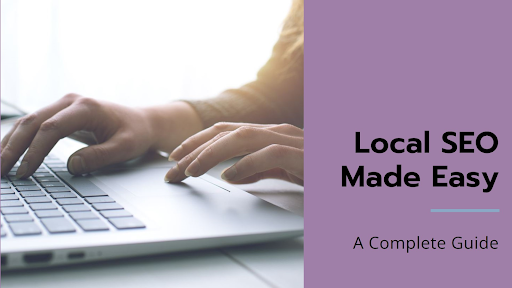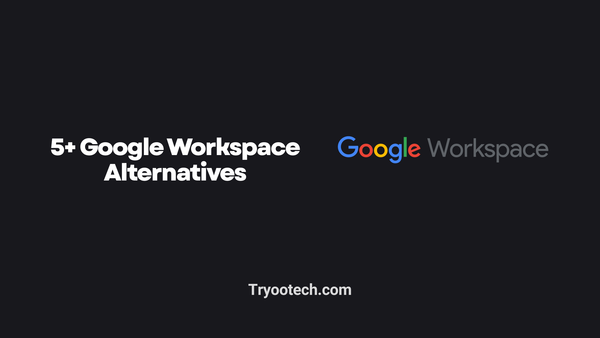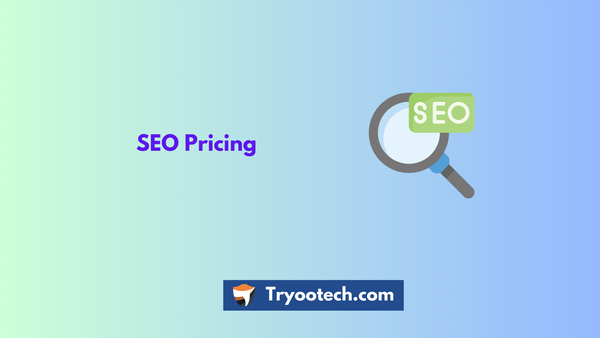A Complete Guide to Local SEO in 2025 - Dominate Local Search

Search Engine Optimization is a popular way of getting more traffic to your website, and inturn, increasing your business’s reach by using search engines. This method relies on making changes to your websites or other parts of your online presence to meet the search engine crawler’s requirements and show up higher on the results page. The primary aim of any SEO team is to bring their business to the first rank of search engine results pages. By claiming the top spot, most businesses increase their revenue and sales and unlock high growth. But you cannot do generic SEO and reach the top spot.
Today, search engines rank pages differently, and a new concept called local SEO has emerged. If you aren’t aware of this yet, you are at the right place. We will discover what local SEO is and why it matters for a business, and we will also give you some tips that will help you dominate the local search engine results page.
What is Local SEO?
Local SEO is the process of enhancing a business’s visibility and rankings for local search results. It is used to create, manage, and optimize content that resonates with local search queries and ranks higher whenever some local queries are received by search engines.
This process involves finding the right local keywords for your business and then integrating them into your social media posts, content, website, etc, to rank higher.
Suppose you have a burger place, so it is natural that your target customers will be people who are living in the same city or area; in such case, you don’t want to optimize your content for the international audience, rather your content can have words like best burger place in <your town>, etc. This way, when customers in your city search for burger places on any search engine, it is likely that they will be shown your restaurant. When you do such optimizations, you are doing local SEO.
Having known about local SEO, let’s understand why it matters.
Why Does Local SEO Matter?
Visibility
Local SEO helps businesses show up in local searches, increasing visibility to future customers who are looking for products or services in an area.
Targeted Traffic
Businesses may draw very targeted traffic from individuals who are more likely to become customers by optimizing for local keywords.
Mobile Searches
With the increasing use of mobile devices, local searches are becoming more common. Local SEO ensures that businesses are visible to users searching on their smartphones or tablets.
Trust and Credibility
Businesses that appear in local search results are often seen as more trustworthy and credible by consumers, which results in higher click-through rates and conversions.
Competitive Advantage
Local SEO can help small businesses compete with larger ones by being ahead in local search results, even though they don't have a big presence like other brands.
As you know, why local SEO matters, it is imperative to know how it works, before we dive into SEO tactics.
How Does Local SEO Work?
In many ways, local SEO is quite similar to normal SEO, but it still differs in some parts. When a search engine receives a local search query, it has different parameters to rank the search results page, and below are the factors that are considered while serving a local search query.
Factors Affecting Local Search Results
- How good your Google Business Profile is
- The location from where the search query originated
- Keywords used in your online reviews
- Sentiments of your online reviews, whether they are positive or negative
- Social media presence
- Star ratings for the business
After knowing how local SEO works, now is the time to look at some SEO tactics that can help you rank higher for local search results.
SEO Tactics to Rank Higher for Local Search
Well-developed Google Business Profile
Google business profile is one of the best things for small and local businesses. It is a free tool that helps businesses create a listing of their business on Google Search and Google Maps.
Getting a Google business profile is easier, you have to visit google.com/business and pass through a verification process to claim a business listing as your own. To get through the verification process, you might need to provide some details that can help Google verify that you are the actual owner of the business.
After you get verified and get your Google business profile, it is time to optimize it by adding multiple business details. To get more local customers, you should add details like business category, location, contact information, operating hours, products and services that you offer, and images or videos related to your business.
A good Google business profile has multiple reviews, and if you want to rank higher on local search results, you will need reviews from your customers on your profile. Moreover, you should also add some FAQs in the profile to help your customers.
The more information you provide through this profile, the higher you will rank in local search results, so make sure to utilize this free offering from Google correctly to dominate your area.
Get Online Reviews
Online product reviews play a vital role in driving customers towards your business. Without any reviews, no one will trust your products, even if you develop the best products. Hence, it is crucial that you get reviews on your Google business profile, and other social media profiles to gain trust of local users.
When asking for reviews, always insist your customers provide you with a 5-star review, as that will boost your business significantly, and you will be featured higher in local search results. Also, you should respond to each customer review and acknowledge the reviews you get from your customers. This way, new customers who are searching for something with a local intent will find it easy to trust you.
Separate Pages for Each Service/Product
Whether you have a service business or you sell some products, it is a wise decision to have separate pages for each service or product you offer. By doing this, your website will have more pages, and you can optimize each service or product page differently to target a specific audience.
With multiple pages on the website, you will get more space to add local intent content, and it will surely rank you higher on local search results. Moreover, you can target different keywords on different pages, which will also increase your potential audience source, as you will be ranked for multiple different keywords.
Social Media Presence
If you are a small business that does not have any social media presence, now is the time to change it. Local SEO gives amazing returns when you pair it with a social media presence.
You should create accounts on popular social media platforms and start posting content on those profiles by tagging locations along with posts. This way, you can create more authenticity among new customers as they can verify your business on multiple platforms.
Once you have established social media accounts, it is time to link them to your Google business profile. By doing so, your Google business profile will be more authentic, and the local search results will be accompanied by your social media posts.
If you do it correctly, increasing your social media presence will help you be connected to your customers, and also discover new local customers through posts and engagement.
Key Takeaways
Local SEO is important for every business that relies on customers from a specific area. These are the stages of a product development and if you implement it correctly, you can easily gain an edge over your competitors. Getting a Google business profile is easy, and you can optimize it with your business information and add links to other social media accounts to increase authenticity. If you haven’t implemented local SEO on your websites yet, you should start your journey with the few tactics we discussed above.





